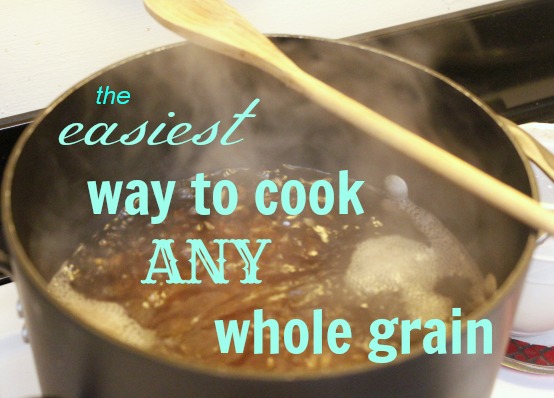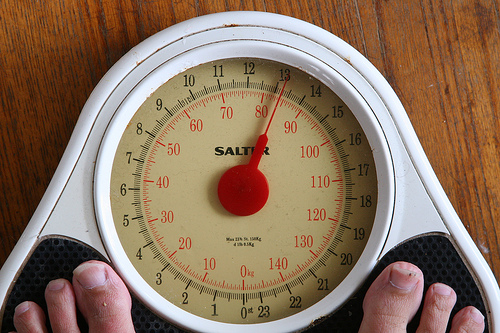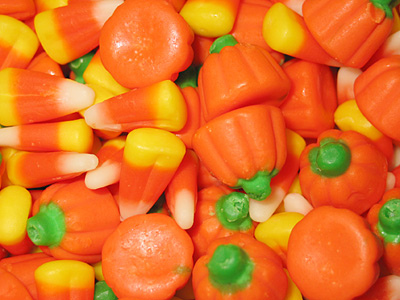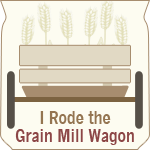Welcome back to the Get Healthy & Fit series here at Authentic Simplicity! Joining me are 18 other bloggers, all desirous of improving their health and raising their level of fitness. We each have a different goal in mind and a different plan to reach that goal; and you can follow each blogger’s progress here. Follow along on Twitter and Pinterest as well!
I discussed my personal goals at length the first week, but to sum up, this is what I’m hoping to do in the course of these 12 weeks:
- Kick my sugar habit
- Lose approximately 10 lbs. and a few inches
- Fit in my clothes
- Develop sustainable habits like eating more proteins and fewer carbs
After going to Allume and pigging out on the goodies there, I fell off the wagon for a week or so and indulged my sweet tooth way too often. I’m back on track now, though, and really disciplining myself to almost eliminate sugar completely. I allow myself to enjoy it on the weekends (mostly Sunday) and a few chocolate chips here and there throughout the week, but for the most part, I’m sweetening with only stevia and occasionally some raw honey.
How to Substitute Stevia for Sugar
When I first started using stevia as a sweetener, I pretty much just played it safe and used it mostly in my coffee. I wasn’t really sure what else to do with it, so for a long time, I did nothing else. Then when I got serious about reducing the sugar in my diet, I started experimenting a lot more with stevia, and found out that it wasn’t as complicated as I thought. In fact, I’ve discovered that replacing sugar with stevia in most recipes is really as simple as this:
 A few notes to clarify the information on the chart:
A few notes to clarify the information on the chart:
- The 1 cup:1 tsp. ratio works well in fractions, too: a 1/2 cup of sugar is a 1/2 tsp of stevia, a 1/4 cup of sugar is 1/4 tsp. stevia, etc.
- The measurements for stevia are base measurements, by which I mean you may want to increase them slightly depending on your taste. For me, 5 drops is a perfect replacement for a tablespoon of sugar, but I know many people prefer a few more drops.
- These stevia measurements are for both liquid and powder forms.
- Different brands make their stevia products differently, so you may have to experiment. I use mostly NuNaturals glycerine-based liquid stevia.
- While these conversions are pretty reliable, they may not work in every recipe. Some recipes require the bulk that sugar gives, so you may have to adjust other ingredients (namely the ratio of liquids to dry) to compensate for the difference. This should be easy to adjust if you’re working with a recipe you have used before, because you’ll know if the batter is right or not. If it’s too dry, add some more liquid; if it’s too wet, add some more flour. I recommend experimenting with your own tried-and-true recipes and allowing yourself to become accustomed to its usage before attempting to convert brand-new recipes from sugar to stevia.
- The measurements for tablespoons and teaspoons also work for converting honey to stevia. The cup measurement is a little more iffy because of the other qualities besides sweetness that honey brings to a recipe (namely, the fact that it’s liquid). In a recipe that calls for larger amounts of honey, start by replacing half of it with stevia (according to the conversion rates on the chart), and then go from there. Be prepared to adjust the recipe as necessary.








